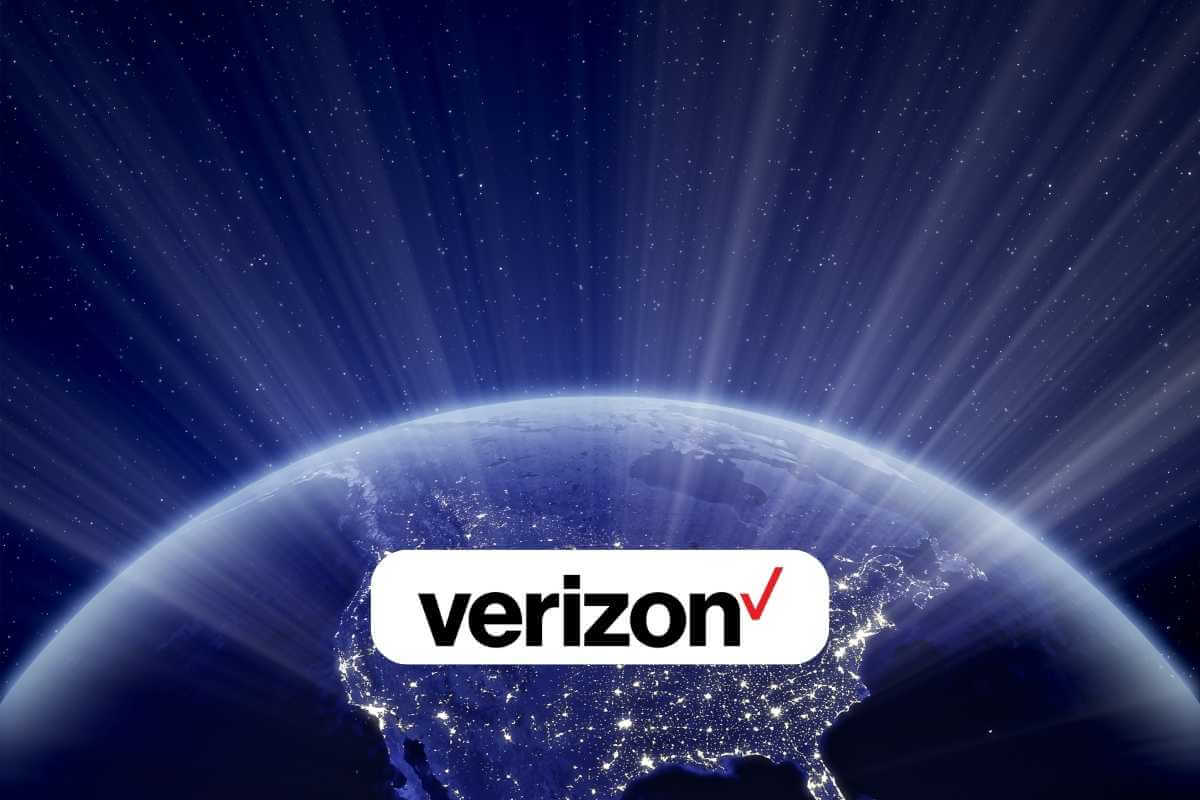
US telecommunications service provider, Verizon, announced last week that its network transformation provides faster upgrades while ensuring a seamless customer experience. Verizon stated that it has undertaken a multi-year redesign of its network architecture to continuously optimise the customer experience. This transformation focuses on enhancing security, reliability, resiliency, and performance without disrupting customer services.
Also Read: Verizon Launches Mobile Onsite Network-as-a-Service Vehicle for Enterprise Customers
Kubernetes-Based Webscale Cloud
The American telecommunications company stated that it has developed a Kubernetes-based Webscale Cloud platform for its core network functions. This cloud-native architecture allows for greater flexibility and scalability, enabling Verizon to quickly adapt to changing network demands.
Orchestration and Automation
Verizon further added that extensive orchestration and automation are key components of this transformation. These technologies enable Verizon engineers to rapidly deploy network feature enhancements and improvements. Verizon highlighted that application upgrades and changes, which used to take weeks, can now be implemented in just a few hours with zero downtime.
Customer Experience Improvements
According to Verizon, the upgrades delivered through this transformation cover a wide range of enhancements, including improvements in mobility handovers, call drop reduction, network resiliency, security enhancements, new fixed wireless access (FWA) features, latency reduction, and other improvements aimed at enhancing the customer experience.
Also Read: Verizon Expedites 5G Ultra Wideband Expansion With Full C-Band Access
Greater Reliability
Verizon announced that this network transformation has significantly improved network reliability. By reducing the need for physical intervention in network hardware, Verizon claims it can maintain its network's functionality while implementing changes and upgrades. This results in higher customer satisfaction and fewer service interruptions.
Cost Efficiency
The new architecture is also said to bring improved cost efficiency to Verizon's network operations. With virtualisation and automation, the company said it can manage its network more efficiently, reducing operational costs.
Customer-Centric Approach
Verizon stated that it has focused on making the changes as transparent as possible for its customers throughout this transformation. The goal is to introduce advanced technologies while minimising disruptions to service.
Also Read: Verizon Achieves Successful Data Transfer Over Multiple Network Slices in Commercial 5G Environment
Cloud-Native Infrastructure
Verizon said these changes are the result of significant changes in the core architecture of the network, with the Verizon Cloud Platform being built and the subsequent introduction of webscale cloud-native-based architecture.
Verizon's cloud platform is optimised for Telco workloads (Core, RAN, signalling, and user plane), ensuring performance, scalability, and compliance with regulatory requirements. It tightly integrates with the company's operational systems, enhancing service agility and efficiency.
Edge Services
According to the statement, the Webscale architecture supports edge services, private cloud services, Network Function Virtualization (NFV) tools, Cloud Native Functions, and various orchestration and service assurance tools. Verizon said this enables it to provide a wide range of services and maintain network performance and reliability.
5G Core
Verizon said the webscale architecture will also host Verizon's 5G core, enabling operational automation and adaptability. It supports stand-alone core, non-stand-alone core, network slicing, and VoNR (Voice over New Radio) services, which are essential for delivering advanced 5G capabilities.
Also Read: Verizon and Vertical Bridge Collaborate to Expand 4G and 5G Across the US
Verizon's network transformation is a comprehensive effort to modernise its infrastructure, improve customer experience, and prepare for the demands of 5G technology while minimising service interruptions and optimising operational efficiency.















